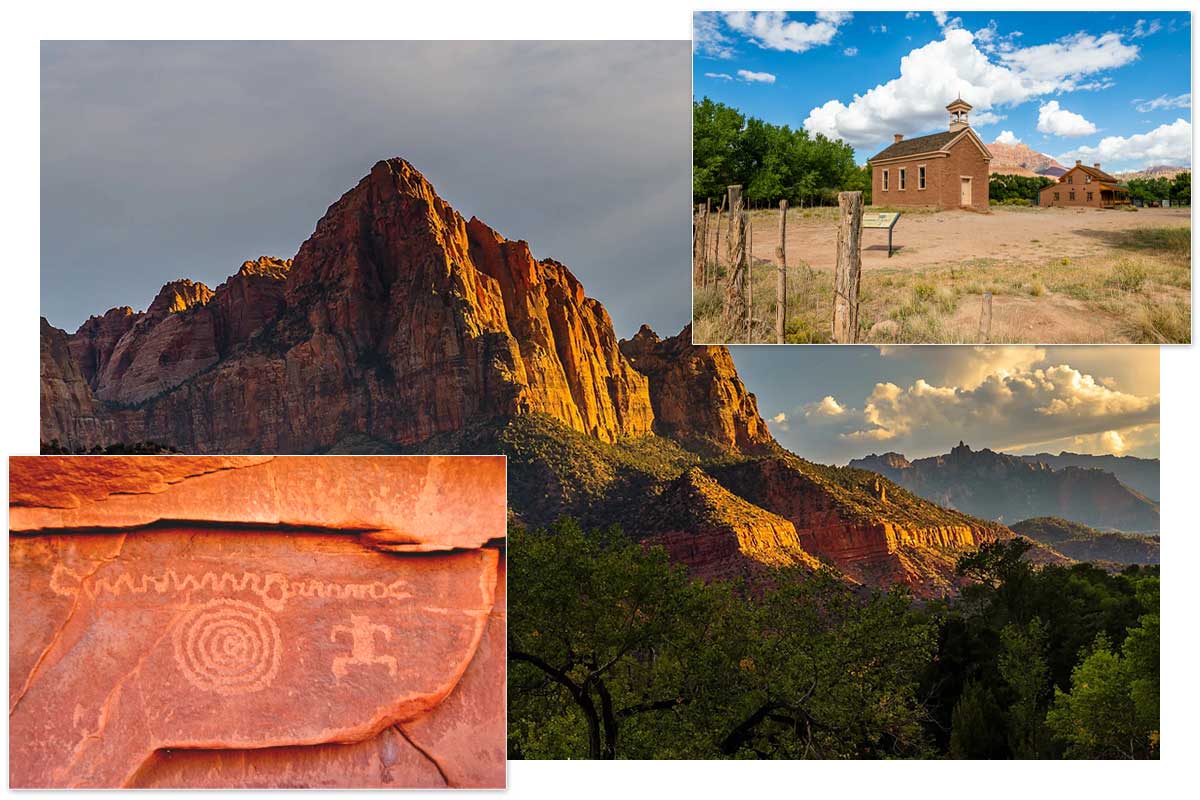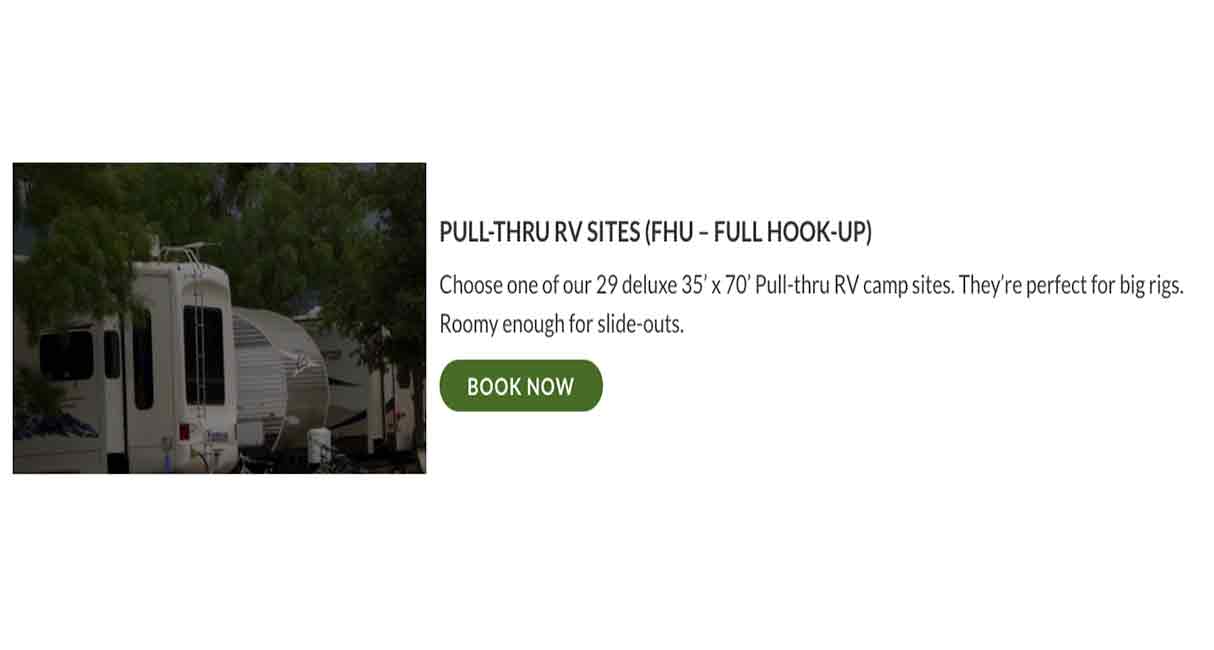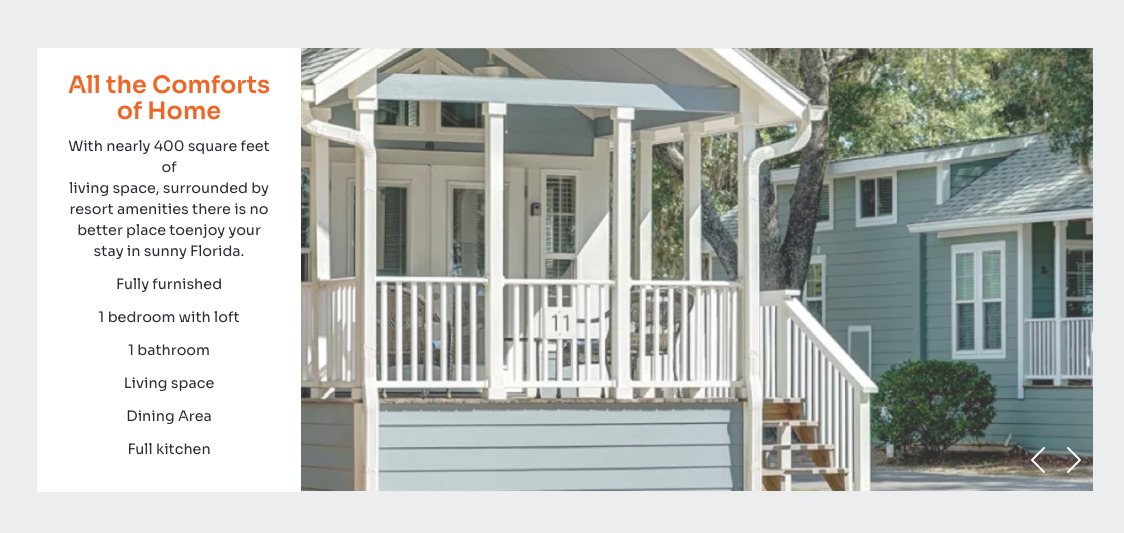The History of Zion National Park: From Sacred Lands to Iconic Scenery
Option-1: 
Option-2: 
Zion National Park: A Land Shaped by Time and Spirit
Zion National Park isn’t just a marvel of geology—it’s a landscape that tells the story of people, resilience, and preservation. From its earliest Indigenous inhabitants to its status as one of Utah’s most popular national parks, Zion’s past is carved into every cliff, riverbed, and canyon trail.

🏜️ Ancient Inhabitants and Sacred Ground
Thousands of years ago, nomadic hunter-gatherers called the Zion Canyon region home. Over time, groups such as the Ancestral Puebloans and later the Southern Paiutes developed permanent settlements, relying on the Virgin River to grow crops, gather plants, and sustain life in the desert.
Zion was—and still is—a sacred space. Rock art, dwellings, and artifacts found throughout the park give visitors a glimpse into this deeply spiritual and resourceful way of life.
✝️ Mormon Settlement and the Naming of Zion
In the late 1800s, Mormon pioneers entered the region seeking farmland and refuge. They named the canyon “Zion,” a Biblical term meaning a place of peace and sanctuary. Early settler Isaac Behunin is often credited with the name, stating, “These great mountains are natural temples of God.”
Although farming was difficult due to floods and rocky terrain, these settlers laid the groundwork for the area’s eventual recognition as a site of natural and cultural importance.
🗺️ Early Conservation and National Monument Status
As word spread about the canyon’s dramatic beauty, conservationists and geologists began lobbying for its protection. In 1909, President Taft designated it Mukuntuweap National Monument—a name derived from the Paiute language.
However, due to public unfamiliarity with the name, the area was rebranded as Zion National Park in 1919. This not only honored its popular local name but also marked its official entry into the U.S. national park system.
🧗♂️ Zion in the 20th Century: Roads, Railroads, and Recreation
In 1930, the opening of the Zion-Mount Carmel Highway and Tunnel transformed access to the park. This engineering feat allowed tourists to explore more of southern Utah’s red rock landscapes and connected Zion to Bryce Canyon and the Grand Canyon via the Grand Circle route.
Throughout the 20th century, Zion gained a reputation among outdoor enthusiasts for its canyoneering, hiking, and climbing opportunities—especially routes like Angels Landing and The Narrows.
🌿 Preserving the Past, Protecting the Future
As Zion’s popularity has grown, so have efforts to preserve its delicate ecosystems and cultural heritage. The National Park Service now works closely with local tribes, historians, and environmental experts to protect Zion’s trails, artifacts, and wildlife for generations to come.
Visitors are encouraged to practice Leave No Trace principles, respect sacred sites, and stay on designated paths to protect the park’s natural and historic beauty.
Experience Zion’s Rich History at Zion River Resort
Make your own memories near this ancient and awe-inspiring landscape at Zion River Resort. Our full-service RV resort and cabins offer unmatched comfort just minutes from the park entrance. Whether you’re hiking into the past or enjoying today’s adventures, our location makes it easy to explore it all.
Ready to connect with the history of Zion?
Book your stay and start planning your unforgettable journey.

